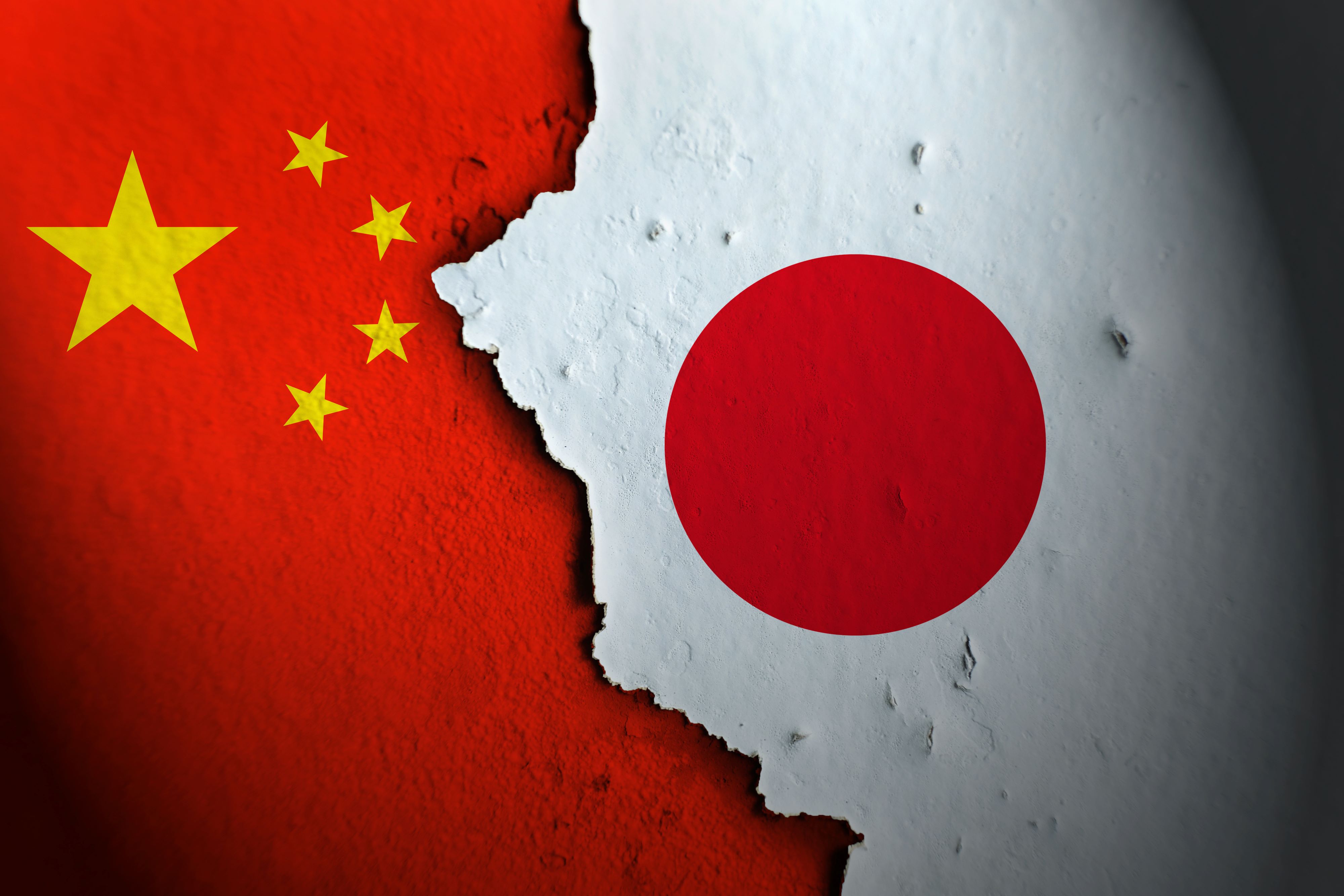
As Japan considers taking action against China because of its recent import ban of Japanese ‘aquatic product’, we gain insight from Institute of Export & International Trade (IOE&IT) trade policy and research specialist, Hunter Matson, on the mechanisms by which Japan could pursue action against China.
China’s ban follows the release of water from the Fukushima nuclear plant into the Pacific Ocean. The water was treated for the effects of radiation following flooding at the plant in March 2011, the result of a 9.0-magnitude earthquake which triggered a tsunami.
Ahead of the release, the UN International Atomic Energy Agency (IAEA) declared the water safe given that the levels of radiation recorded were “negligible”.
Ban
Japan started releasing water into the sea on 24 August, and China immediately announced its ‘seafood ban,’ issuing a formal notification to the WTO on 31 August.
Rejecting the evidence from the IAEA, China accused Japan of “an extremely selfish and irresponsible act that ignores international public interests.”
The news has also led to a fierce public backlash, with protests staged in South Korea and Japan, and a spate of hate crimes in China involving the vandalism of Japanese buildings.
WTO rules
Non-discrimination is embedded in the WTO’s core principles. Under the Most Favoured Nations (MFN) principle, all members must grant all other WTO nations the same level of treatment and cannot discriminate against any fellow members.
Japan may cite the MFN principle in its complaint against China, stating that the latter is acting with discriminatory intent by choosing to ban Japan’s seafood exports.
However, there are exemptions, such as the need to “to protect human, animal or plant life or health,” which China could invoke to defend its ban.
WTO complaint
Matson outlined Japan’s possible courses of action:
“There's a formal process within the WTO to raise a complaint. The first step if Japan decides to move forward is a formal consultation between the two countries, aimed at reaching a mutually agreed outcome without the need for further litigation.
“During this phase, both parties will be looking to shore up support for each of their positions. The notification of the consultation is shared with all WTO members, providing an opportunity for experts from around the world to weigh in and provide evidence as to whether or not the radiation might have adverse effects.
“The complaint doesn't actually impact trade, it’s just a formal way of saying we have a disagreement and lets use the mechanisms of the WTO to discuss this disagreement and see if we can find a resolution.”
If the consultations are inconclusive, the complaint progresses to the Dispute Settlement Understanding within the WTO.
According the WTO’s website, “where the parties are unable to reach a mutually agreed solution through consultations, the complaining member can request the establishment of a panel to examine the matter, and either party can later appeal the rulings of the panel.”
Alternative options
Matson is quick to point out that this is not the sole method by which Japan could pursue the issue. He added:
“The WTO is not the only forum for these types of dialogues. Japan and China also belong to a number of regional trade agreements and trading blocs.
“For example, the Regional Comprehensive Economic Partnership (RCEP), a trade bloc led by China, also contains a dispute settlement mechanism.
“Japan’s issue could be raised to both RCEP and the WTO, but there are strategic reasons why Japan would choose one over the other.”
RCEP
Signed in 2020 and fully implemented in 2022, RCEP accounts for approximately 29% of global GDP, a sum estimated at over US$25tn by the Asian Development Bank.
Comprised of China, Japan, South Korea, Australia, New Zealand and the 10 ASEAN nations, it offers a smaller forum through which to raise disputes.
Matson says that “theoretically” all 164 WTO members could weigh in on an issue, and, while this wouldn’t typically happen, the level of involvement from relevant bodies and committees could lengthen the resolution process significantly.
By contrast, the process set out in RCEP’s 19th chapter on DSM outlines how a 3-person panel should be selected by the complainant and the respondent.
Although this procedure is derived from existing WTO protocol, and even outlines that panellist candidates should ideally have WTO experience, fewer parties and the shorter timelines stipulated by RCEP could significantly streamline the process.



